-
Posts
4,374 -
Joined
-
Last visited
Content Type
Profiles
Forums
Events
Blogs
Gallery
Everything posted by bruce johnson
-
Chrome tan - I wanted something with at least a 5 in the weight like 5/6. My overall favorite was anything with a shrunken grain since that tends to be heavier. Customers with no cost constraints - shrunken grain bison. I can't remember the exact cutting size. I gave all my templates and patterns for purses, bags, home decor, etc. to an up and comer years ago. Tooling leather - something with an 8 - 7/8 or 8/9 weights cut from lower side or mid belly-between the flanks remnants from those weights or split to 8 oz from skirting leftovers. They were 2 inch strips as I recall. Pretty sure I rarely cut many strips from a whole fresh side, just remnants mostly.
-
No help with the little Consew. I am not usually a Tandy basher but I would seriously like to see anyone at Tandy do even half of what they say that machine can do. The Janome - run away fast. That is a fabric machine. If they tell you it is what you need, that tells me all I need to know about their knowledge of sewing leather and/or business integrity. For what it costs you can buy the heaviest duty leather machine out there. Look up Bob Kovar or Leather Machine Co - people that sell real leather sewing machines. @Wizcrafts to customer service please
-
I would knock as much rust off as you can with a wheel or brush. Then soak in EvapoRust or Metal Rescue - WD-40 makes a similar product I have not tried. Wire wheel off the residue, use what ever abrasives are indicated to work out deep pitting, oil dip and work the hinges some, oil again until it comes out clear. Might end up OK. Here are a few I have had through here with the cast bells. The #10005 is a Barnsley.
-
After a rocky start to retirement I finally have most of that past me. I am nearly full time in the leather tool shop now. With that, my goal of being able to open up the leather tool sharpening service has come about. I still have the same 15 year old policy free resharpening for tools purchased from me. If you have other tools were not purchased from me or have not been a previous customer, I can take those tools for resharpening now. I have a new page on my website describing the services and cost estimates, plus a brochure/pricelist for downloading at https://brucejohnsonleather.com/sharpening-services . Thank you! - Bruce
-
I made a couple hundred probably. Some stock and some custom. My favorites (and most popular) were made from heavy chrome tan and then tooled side panels. The veg tan were harder to clean and tended to roll a bit over time. These chrome tan could roll up in a drawer for storage and lay right out flat. Handy for the folks with living quarter horse trailers. Heavy chrome tan and tooled strips. I treated them with at least three coats of acrylic finish and they wiped off well with minimal staining. I treated vegtan coasters the same.
-
A bit different but - First tip I EVER learned on the internet was from the old IILG group and Verlane Desgrange. (fun factoid - this group morphed out of the IILG - courtesy of a leather artist from Africa and a pizza baking momma from Ohio @Johanna). Verlane posted about chucking your mini or maxi punches in the drill press and turn it on. I literally read that, walked straight out to the shop and tried it. You want to make punching holes easy and no effort to remove? Even on damp sticky skirting with a big tube punch? This is it. That single tip was worth my annual dues right there. If you have visited the shop, I expect Rundi has demonstrated punching round holes with a drill press and using a rein trimmer to cut pieces. NOTE - As the punch tubes fill up the punchings will will fly out the ejection port in random directions. Eye protection is recommended.
-
Rodney, I sure don't know of any off the rack patterns for modern riggings. I can only think of three rigging makers now and I don't think there is anybody wants to sell their patterns there either.
-

Is this Leather Hide Normal Grade A or Bad?
bruce johnson replied to fernwehleather's topic in Suppliers
Did you buy this from a reseller or direct from the tannery? Is this supposed to be normal vegtan tooling leather - not milled, dyed, jacked, rolled or otherwise treated? Does it look way different in color or feel than the other sides? It just appears a little glossy in the picture. The three evenly spaced vertical crease lines looks like it was almost folded or flattened. How long did you have it before you found this side was subpar? What do you use to measure thickness and where on the side? -
That kind of thickness stacked - a plough gauge slight maybe but eat a good breakfast, a draw gauge - better have a grip on the strap and the gauge and a sharp a*s blade. I'm not sure how far you are from any draft or pulling harness makers because I don't think we have any on the forum. I would get with one of those guys and ask how they do it. I'm betting one piece at a time and then stack them though.
-

My posts keep disappearing
bruce johnson replied to DoubleKCustomLeathercraft's topic in Feedback and Suggestions
Sometimes I have noticed my own topics that I start do not show up in the side bar topic list right away even though they are in the forum and visible in that side bar for other viewers. I think I have noticed it more on my phone and iPad than on the computer but haven't really checked it further. -
Size - far and away I sell more 1-3/4 inch to makers than any other size for pancakes. The standard 1-1/2 inch belt and the cant of the slots. The guys who wear a 1-3/4" duty or heavy concealed carry belt - then we go to 2". Some makers have patterns with less or more cant and they call for 1-5/8 inch or 1-7/8 inch punches. The big thing is for the belt to fill the slot and no up-and-down play.
-
Now for the stranger thing. I bought one in a set a few months ago- the first I had actually seen. I asked a guy at the Sheridan leather show if he'd seen them or used one before. He bought it. There is a glimmer of hope more than one made it to the US. However, there are other versions made here in the US that are available.
-
Yes you will need to take the skirts off and separate them to reline them. These nails help to seal up that top edge and keep stuff from getting down in between that skirt pocket and tree. The strength is in the screws. Lift the nails out, don't punch around them. The idea of fasteners is to have the shank fill the hole in the leather so it doesnt work around as much. If you punch the leather you will have a hard time finding nails to fill that hole without being so big you risk splitting the tree. Start at the back nail and get under the leather around the nail with your puller, pry it up until the nail lifts a bit. Go to the top side and remove the nail with the puller. Work your way forward a nail at a time. Since they are smooth nails you should not have much of a problem.
-
Yes You can clean and condition a saddle without totally taking it apart. If that is the purpose then you are as far was you need to go in the front end. If you are taking apart totally, then to get these rigging nails off then first remove the screws. I always have better luck lifting the nails from under the leather with a heavy tack puller. Once you get them lifted a little then you can go on top of the leather to pull them the rest of the way out. Otherwise you can chew up the leather around them trying to get that first bite. Here are the two I like and now carry for sale. If they are ring shank nails, be ready to say bad words and all bets are off.
-

How to Lift a Sewing Machine Safely
bruce johnson replied to friquant's topic in Leather Sewing Machines
If you have room then yes another table. Besides making your own, you can check around. The cutouts for a lot of these tables are standard. I have been in a couple industrial sewing machine shops with tables in a give-away section. The heads in some industrial settings give out before the tables. FaceBook marketplace sometimes has a "machine doesn't work - $50" listing with a good motor and table under the boat anchor. -

Show Me Your Stamp Organizer
bruce johnson replied to RidgebackCustoms's topic in Leatherwork Conversation
Ridgeback, I like that rack and the fact it tips! Mine has been a work in progress for about 35 years. I have used rolls, cans or cups, and blocks over time, and now it is all three. This is the bench as it sits today after my wife took up the leather tooling. My set up was a bit different when I was building a lot. I see a few weights on the bench. Mauls to the right - easy grab for the right size maul for a particular stamp. Swivel knives in a sleeve (glad to see that!). If I laid one down, it was on a piece of scrap sheepskin so it wouldn't roll and hit an edge. I don't know what Rundi does, I just sharpen them now. The handiest thing is the little block sitting at the back of the stamping block. It holds the tools in use for that particular project. Set it up and go - then put them away when done. The bigger racks behind the bench are mostly sorted by maker then type of tool are grouped within those loose knit sections. Barry King, Robert Beard, Gore, Clay Miller, Brooks, Gomph-Hackbarth, Horse Shoe Brand Tools, CLT, Craftools, etc. When I was making a lot I did not have the rolls to the left, they were standing up in a drawer. I had that bench area open for longer projects. She does some belts but mostly smaller work and wants the rolls within reach. Just leather rolls with pockets. Those rolls hold the "good stuff" sorted by makers - Ray Hackbarth originals, Wayne Jueschke, Don Butler, Elton Joorisity, Walt Fay, Don King, Bill Woodruff, some of the McMillens she uses fairly often. The drawer has pill vials holding those stamps that get some use, but not often for her - mostly McMillen and Beards, some Don Kings, swivel knives from Robert Beard and Don King, and mauls from both. -
I made a hard seat smooth-out saddle with just some basket stamped corners several years ago. Took me about four hours more time being careful to not make marks and then rubbing out the ones I did with antler tines and bones. The guy picks it up and carried it out. He threw it on its side on the diamond plate flatbed of his ranch pickup and bounced down the road. I was thinking then what a waste of my time being careful. Here's a picture of it a couple years later. Smile says it all. Yeah, don't sweat it, it will be fine!
-

Best source for clicker dies?
bruce johnson replied to wizard of tragacanth's topic in Leather Tools
Personal experience - Texas Custom Dies - some years ago - quite fast, reasonable cost compared to other die makers that were on the leather worker radar screen at the time, and they followed up to make sure I was happy. Those were the only new dies I have ordered that I can think of. Realistically there are several more die makers that have been in business for a while, but now marketing more to leatherworkers. Milwaukee Steel Rule Dies, Ohio Clicker Dies, and others. I'd think between these and the ones mentioned, you'll find somebody you are happy with. I get a fair bit of used dies and really can't say anyone consistently makes a "bad die". Some that come from the industrial or production companies are pretty beat up but that is understandable. 4 ton press - Weaver Mighty Wonder is good. I have had a few through here. I have used a 20 ton shop press with plates, bench top 12 ton shop press with plates (Weaver) with the hydraulic jack replaced with an air over hydraulic jack, Weaver 4 ton Mighty Wonder, Weaver 8 ton Mighty Wonder that was parked here for a few days, Lucris M3, Import 2 post table top, WUTA 4 post table top. That is what I can think of off the top of my head. Least expensive and realistically good for non-production work is a shop press with plates. Right now we have the benchtop shop press for heavy leather and larger dies and a WUTA 4 post for smaller work. My wife really likes them both and between them she can do everything she needs. -
My thoughts and experience. 1 - You can’t change the overall blade angle much with stropping compounds even if you use black emery. If You can do that, you have my respect for perserverence. 2. You can however round over a blade edge very easily using mild compound on a strop and either a) - not keeping a constant angle or rolling that angle b) keeping the angle too high or c) using a soft strop 3. Use a mild compound on a firm surface like card stock, file folder, or hard roll horsebutt for stropping a swivel knife. And don’t do it a ton. A few strokes to clean but much more than will violate point #2 above. I like purple compound but green or white is OK. Whatever you’ve got that isn’t black or red. Round and cutting knives can use a “softer” strop like vegan leather because a little convexing of the edge can make a “Moran edge” that is durable. On the other hand Swivel knives I feel need a flat edge all the way out for easier and cleaner cutting. That means a harder strop and less aggressive compound. I’ve had a bunch of swivel knife blades through here in all tiers of quality and use. I probably have 75 blades right now. When I sharpen one I set the blade up in a jig and mark the facets with fluid. . I can guarantee that more than 95% of them will not scratch the marking fluid off the very edge intially because the edges have been rounded from in inconsistent angle on an abrasive maybe but mostly due to over stropping. I go back up the grits to something coarser to flatten the facets and bring back the angle and then run through my grits to 5000. Then I strop with the jig at 1 to 1.5 degrees higher with purple compound to take off the burr edge. It’s literally almost just a touch on each side for the bur. By hand, there are a few jigs I like and the Big Red you mentioned is sure one of them. I think hitting a blade on 2000 if needed and then 5000 wet/dry with a jig and a light strop as above to maintain is better to maintain than stropping the crap out of them like has been recommended by a lot of people the last 50 years. My thoughts for what it’s worth.
-

Problem using a TandyPro Deluxe Leather Splitter
bruce johnson replied to Coloradoguy's topic in How Do I Do That?
Thanks Tom, I do sharpen splitter blades. I am currently in Ohio at a leather and tool auction. I will be back in the shop middle of next week -
Something else that makes edging the flesh side easier is slicking your leather. I know, I'm old school. Basically for vegtan you case or at least dampen the surface then run a glass or wooden slicker over it a few times. I slicked flesh and grain side. On a cosmetic note slicking makes the bottom side appearance smoother and more pleasing. Functionally - slicking will compress the fibers, smooth the grain a bit, take some stretch out. it helps to prevent paired straps from stretching unevenly. It will also make your bottom edging feel almost like grain side edging. For chrome tan leathers like latigo, you can use something like saddles soap, BlackRock, gum trag or Tokonole on the flesh side and then slick to lay down fibers and allow some compression. Slicking will also let you use some of that leather you all are throwing or giving away. Cut the flanks out of the bellies and save the bellies. Case them and slick the snot of them. They will compress and make a nice piece for things like card cases or leather that molds easier for sheaths depending on thickness. You can work at it and slick a belly up to almost resemble shell cordovan.
-
I have seen that advice a couple times with no reason given to back it up. The flesh side can be a little harder to bevel sometimes because of the stringier fibers, but that shouldn't matter in what order you do it as long as your edger is sharp.
-
I deal in refurbished and selected new leather tools. People cut leather with a $350 round knife down to a $10 Olfa rotary cutter, $7 utility knife, or maybe the $6 HF scissors that cut pennies. The range of leather workers and their cutting tools is pretty vast. I get some leather scissors or shears in some of the old sets once in a while . Overall, I don't think they have been marketed the best as a cutting option in the last 20 years. The best thing you can do is put some out there and see how they sell. Price them at what is fair to you, not what you think the market is. In my case what I personally think rarely happens close to expectations. Many things I think won't sell fast due to price (high or low) ends up reordered the next week. Stuff that I think is a dead-on great value gets reordered in 6 months.
-
I think a call to Osborne to see what the hole size is will be your best bet. I decided several years ago to put new rawhide heads on several wore out mauls. What I found was that every maker had their own better (and different idea) of what the round stock should be even among the same general sizes. I gave up at that point and used them for ballast in the trash can. Dan Preston from then ShopTalk magazine did some refurbishing on mauls and made up rawhide heads. I think he had an article or two about it. I bought out his stuff twice and those mauls were not the shiniest. They ended up ballast as well.
-
If Barbara at Y-Knot doesn’t have 2.7 mm she or I have tools available to cut down lace to any width.



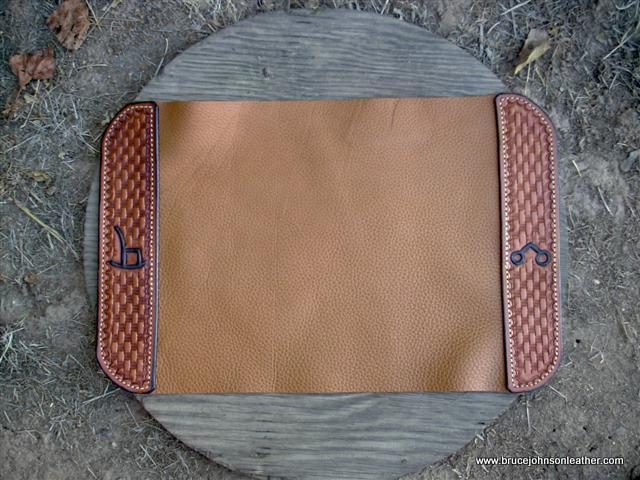
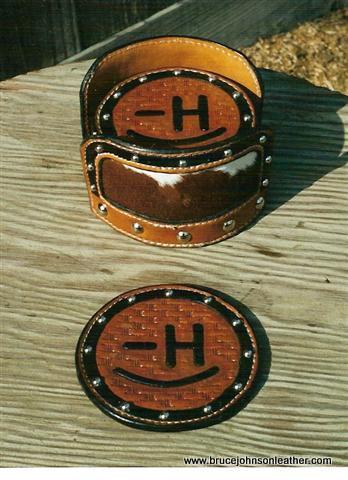
.jpg.eb659f0d2339304efe327ea8130096b8.jpg)
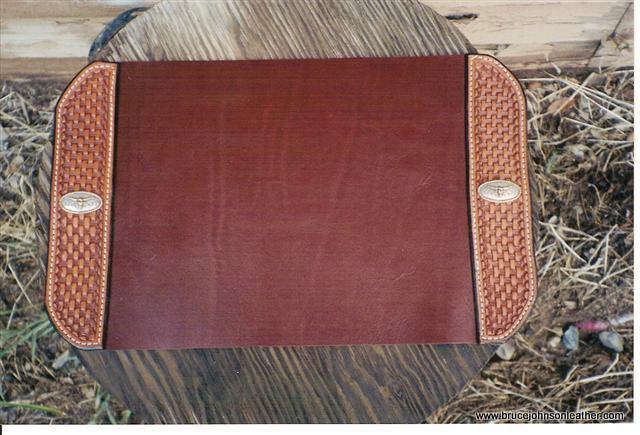
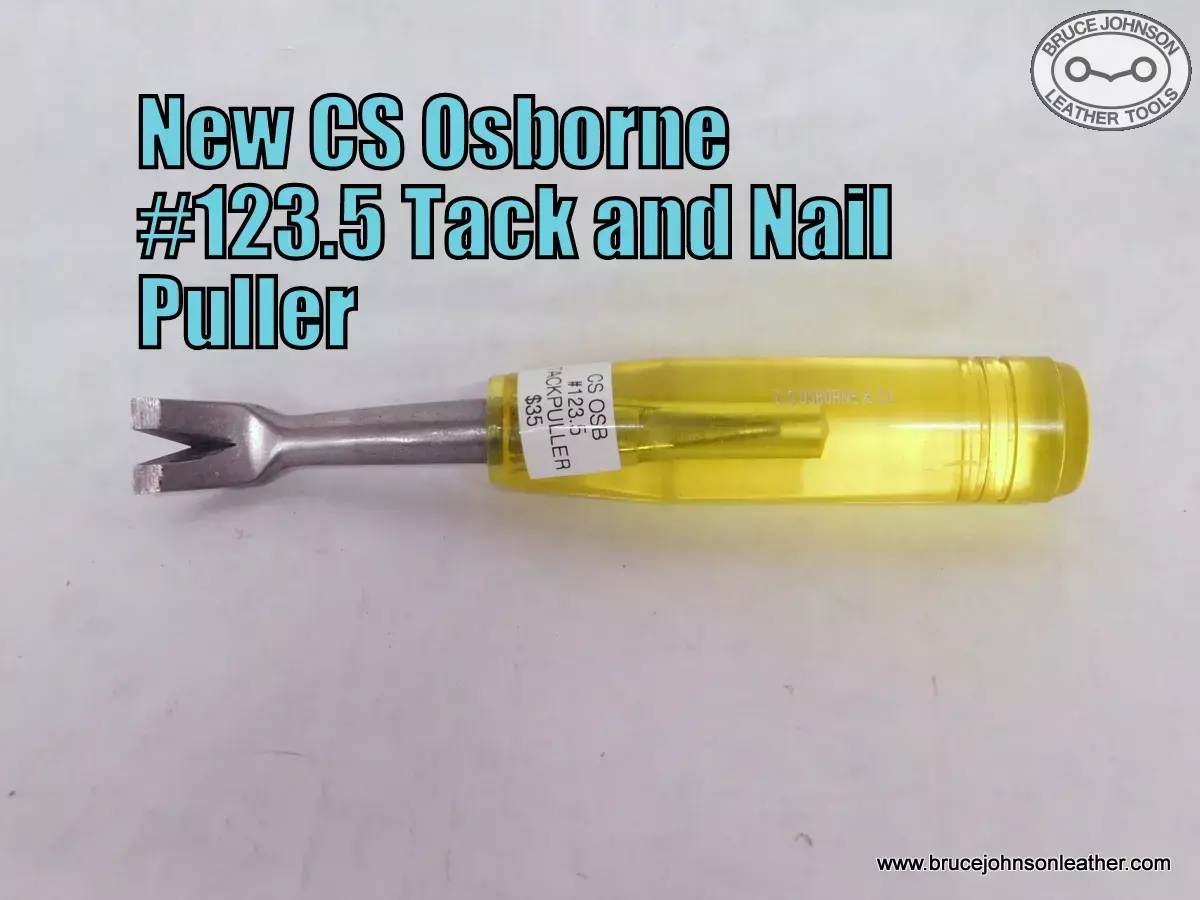
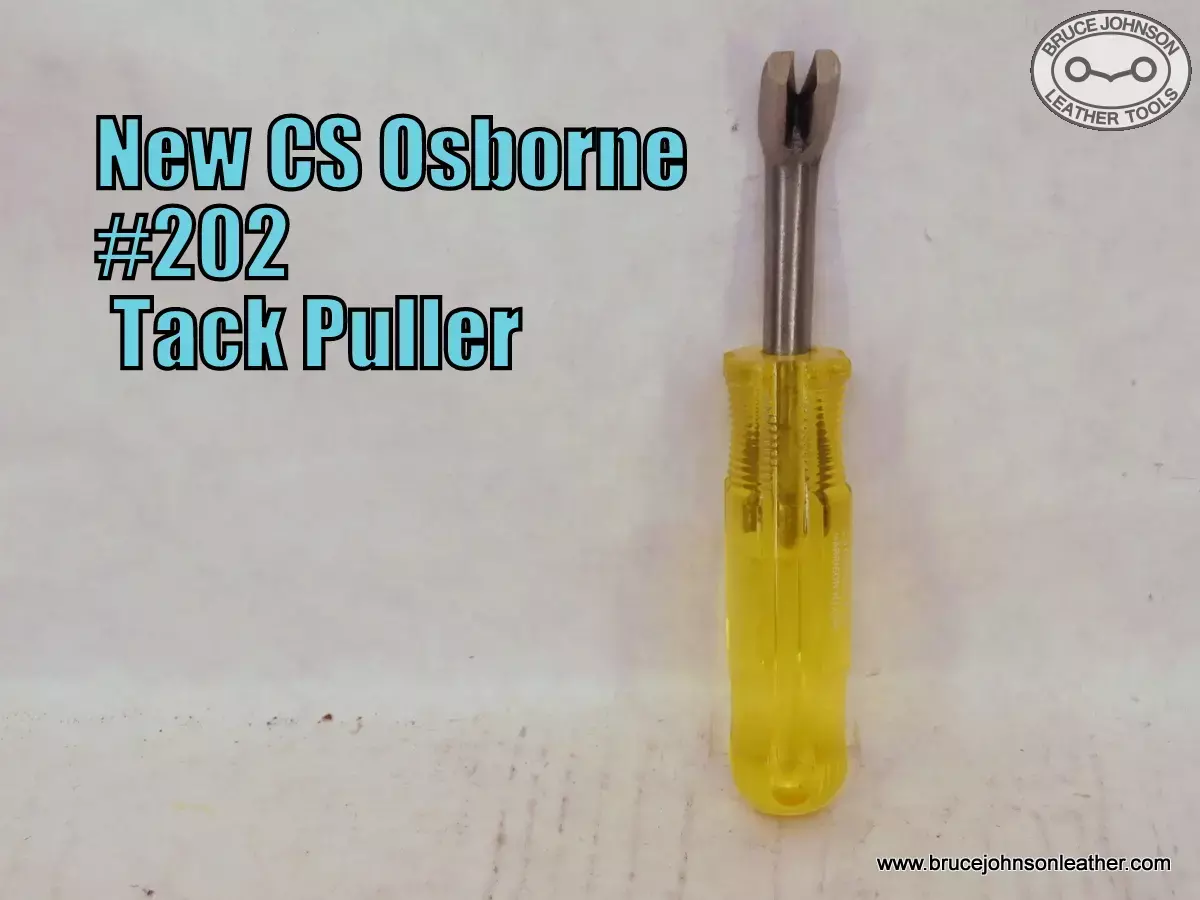
-1.jpg.4306740b0a4f65f359664a7aecdfb916.jpg)